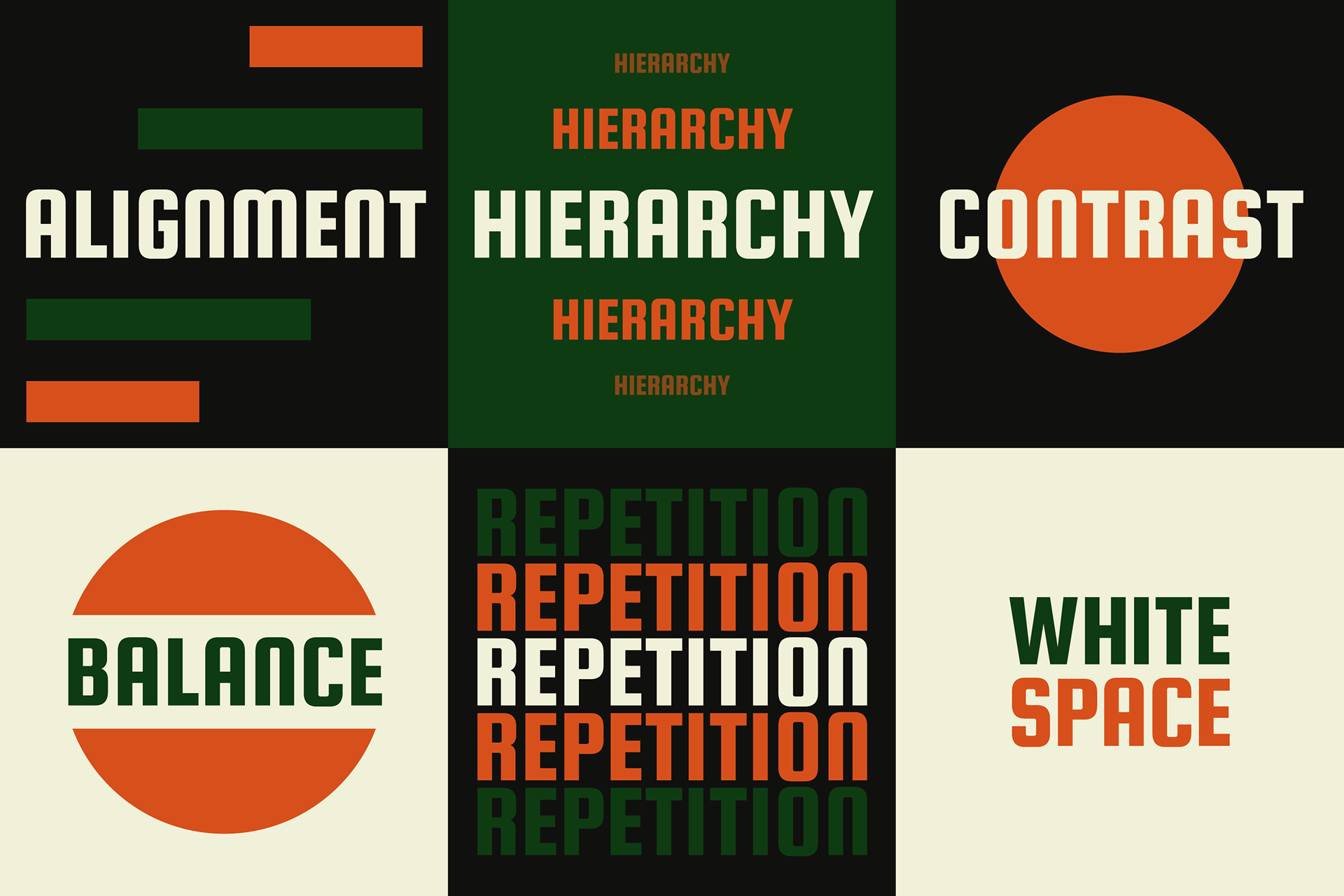Table Of Content

It’s also frequently the code most likely to be leveraged across code bases. I should say, this principle is not a free pass to do whatever you want. It’s a reminder that the system should be a tool to help others make decisions, not a rulebook to police everyone against them. It’s a subtle but important distinction that I think is often overlooked in the design systems community. For me, this could be the only principle on this page as it underpins everything else. Design systems are massively subjective, but they have a tendency to position themselves as the "right" or "best" way to do something.
All Solutions
A design where you can see different elements automatically has some level of contrast. It’s important to familiarize yourself with the most common eye movement patterns, F- and Z-patterns, and the layer cake pattern. F- and Z-patterns are more common on image-heavy pages, while the layer cake pattern is facilitated by lots of text with headings and subheadings.
Step 2: Consider How These Values Impact Users
Dynamic designs encourage lots of eye movement, while static ones encourage less. The best designers can, to an extent, control which elements users focus on by placing them along the path of the most natural eye movement patterns. Design principles help to keep important values front and center in the design process. One useful device to guide designers to make the right tradeoff decisions are product-specific design principles.
Spacing/Negative Space
The team then thinks about solutions to satisfy these needs from the end user’s point of view. Designers should aim to understand how each of these design principles actually impact their work. Studying how other designers have implemented these ideas to structure their own designs is also an incredibly valuable tool in learning to create better designs. These design “principles” or elements are important aspects of good design and should be considered alongside the other basic principles to create the best user experiences. Without variety, a design can very quickly become monotonous, causing the user to lose interest. Variety can be created in a variety of ways, through color, typography, images, shapes, and virtually any other design element.
How to Build a Website With AI: A Foolproof Guide
Design principles are crucial as they provide a foundation for creating compelling, organized, and impactful visuals. They guide how elements interact, ensuring consistency, proximity, and visual hierarchy, as highlighted in this video with Frank Spillers, CEO of Experience Dynamics. Color is not traditionally classified as a principle of design in art. However, color is essential in creating visual interest and evoking emotions in design. 50 Questions and Answers on the Science of Color and an interior designer, points out, the perception of color can change based on various factors like the light source and surrounding colors.
Shape
The final stage is “Deliver,” where the team tests the concepts and implements the most viable solution. As the name suggests, the double diamond model consists of two diamonds—one for the problem space and the other for the solution space. The model uses diamonds to represent the alternating diverging and converging activities. The methodology emphasizes collaboration and a multidisciplinary approach throughout each phase to ensure solutions are innovative and deeply rooted in real human needs and contexts. Traditionally, companies begin with feasibility or viability and then try to find a problem to fit the solution and push it to the market.
Design and the circular economy – deep dive - ellenmacarthurfoundation.org
Design and the circular economy – deep dive.
Posted: Thu, 19 Oct 2023 05:44:40 GMT [source]
When it comes to design, color is one of the first things that both users and designers notice. It can function as a standalone element or serve as a backdrop for others, such as lines, forms, textures, or typography. Color sets the tone for the piece and conveys information about the company through symbolism. We have put together the essential principles of design that will form your guiding compass as a creator. They extend from design fundamentals you can learn as a self-taught artist to entire fields of study in creating visually engaging content. I printed out the design principles we created and cut them into pieces.
Better to get it out and dismiss it later, than to not capture what could be a gem. When I was getting started, I cast out my net to see what was already there. I came across a helpful article by Sebastian Mueller and Figjam template from Richard Picot (who was inspired by the former). In the interests of being a good contributor, I wanted to share the evolutions and additions I made and put it back out there for all you good people to take, use, evolve. A few months back, I was preparing to support a client to develop Design Principles for their brand.

When we write the supporting statements, we should think about the language we use, and should create consistency. An example is having ‘clear’ and ‘accessibility’ as Principles. In that scenario, we tweaked to ‘accessible’ (finally evolving accessible into ‘inclusive’ to better represent what we meant and were trying to achieve) — “our design is clear”.
Anyone who’s decent at facilitating will easily be able to run the workshop for you. You can extend this a little, but you’ll need to amend timings accordingly. When we have clearly defined Design Principles, we can use them to educate, and to support our designs in being cohesive and consistent. In this article, I’ll aim to answer some of these questions, and will share a tried, tested and iterated workshop format that you can lift and use in your business or with your clients. Ben Brignell maintains principles.design as an open source resource.
Unity is important because it makes users feel at ease while navigating your design. Everything appears to be in its proper place and there are no jarring elements that stand out in a negative way. Contrast can be achieved through color, shape, size, or similar properties of elements, and refers to the differences between them. Color contrast is often the first thing people think of, but differences in the sizes of elements, their shape, or some other property also create contrast. This course contains a series of practical exercises that build on one another to create a complete design thinking project. What’s equally important is you can use your work as a case study for your portfolio to showcase your abilities to future employers!



No comments:
Post a Comment